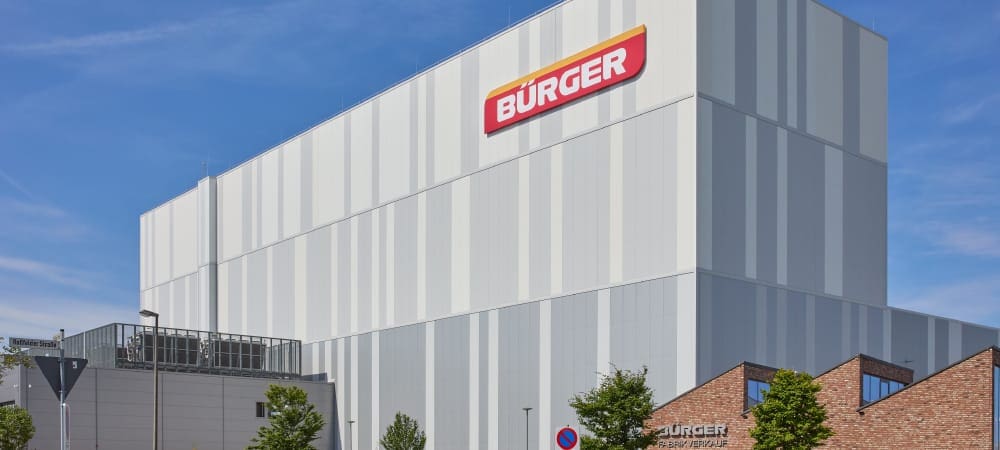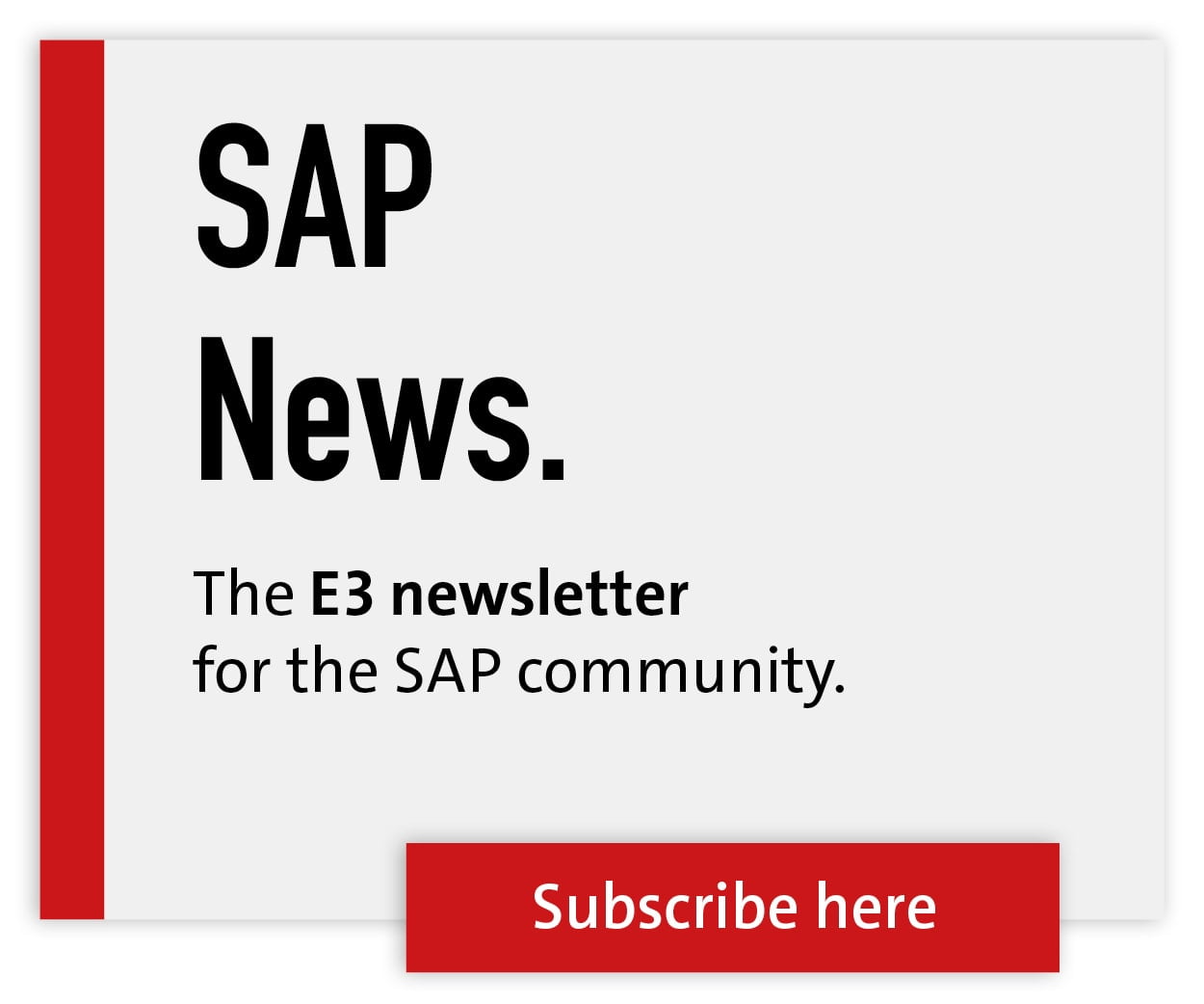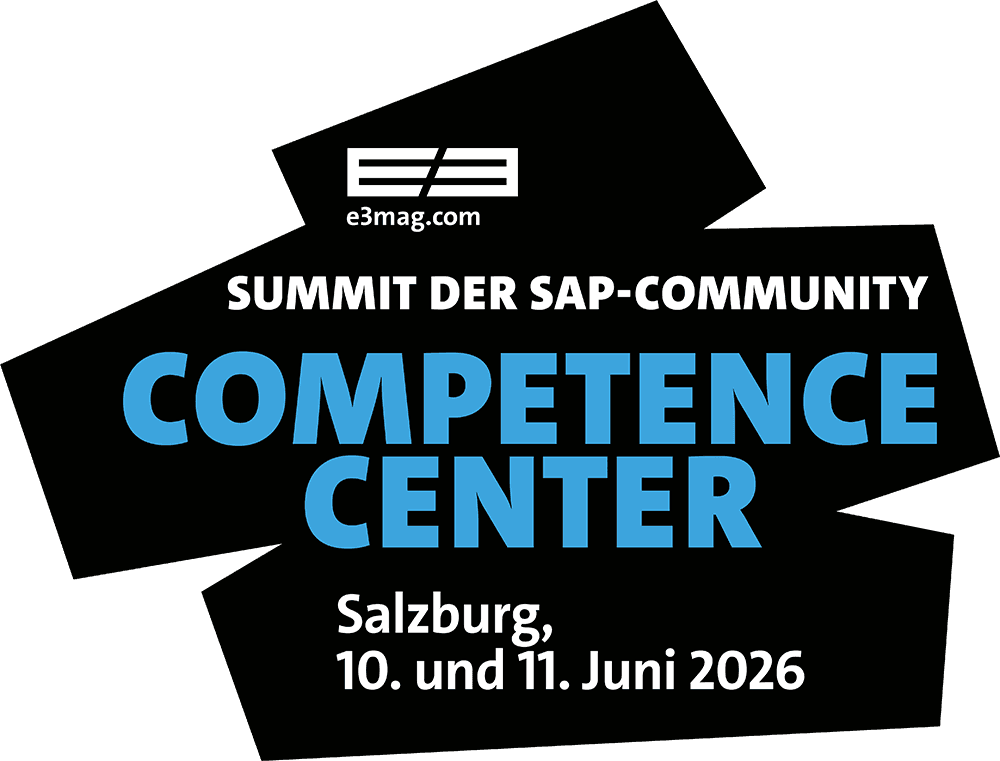User story: SAP standard recipe for more structure


Pasta manufacturer Bürger produces around 364 tons of food per day at its Crailsheim and Ditzingen sites - including 170 different pasta specialities. The Swabian company is investing in machinery, buildings and products to ensure further growth: a new logistics center with a high-bay warehouse and its own refrigeration center as well as new production facilities at both sites.
"We are a highly dynamic company today. Our software for logistics processes was no longer up to the task," explains Stephan Melz, Head of IT at Bürger. The outdated system had been controlling the processes for 25 years and was increasingly slowing down the company's performance. An update was not possible.
SAP EWM implementation
"Introducing new software on this scale is no easy undertaking. It took us correspondingly longer to decide on a complete changeover to a new, future-proof system," reports Melz. The new basis was to come from SAP. Bürger expected more structure, transparency and efficiency through standardization. New processes should also be easier to implement in the future. Bürger became aware of Prismat through a customer. The SAP consulting firm supported a company with a similar challenge: replacing a legacy system with a standardized SAP solution.
André Gadziejewski, Manager of SAP Consulting and Project Manager at Prismat, explains: "We implemented SAP step by step." The first step was the implementation of SAP ERP and the warehouse management solution SAP Extended Warehouse Management (EWM). Prismat had to connect SAP ERP to the existing system at Bürger in order to initially create a link for data exchange between all systems. SAP EWM was also implemented in finished goods logistics as part of this first project.
Optimized for S/4
The second project included the optimization phase of the newly introduced SAP EWM and the conversion from SAP ERP Central Component (ECC) to S/4 Hana. In the third part, SAP EWM was introduced in raw materials logistics and production supply, while further optimizations for SAP EWM, enhancements to the production connection including UI5 applications and the migration from SAP EWM to SAP S/4 Hana were carried out in smaller projects. In June 2024, the company put its new logistics center into operation. For this, Prismat connected SAP EWM to the warehouse management software Wamas from SSI Schaefer used by Bürger.
Transparency and usability
In the midst of the digital transformation, Bürger moved away from an individual software solution and towards standard software with a customized focus by using SAP.
In addition to the SAP standards, Prismat developed special applications in the SAP UI5 environment - a development toolkit from SAP for the development of applications based on web standards. These make it easier, for example, to order raw materials and semi-finished products as part of the overall production supply. They also simplify the restocking of raw materials and semi-finished products that have been provided on the lines but have not been 100 percent consumed. In addition, employees can now simply feed pallets produced manually in the production process into the warehouse.
"In general, it is important that we record all movements digitally. This is the only way to create transparency in the individual processes," emphasizes Gadziejewski. Prismat has programmed another Fiori application for automatically produced pallets, which citizens can use to start and stop robot palletizing and monitor the current status.
IT glasses off, employees in
"At Bürger, it wasn't just about introducing the new software, but also about analyzing, optimizing or redesigning existing processes," reports Gadziejewski. To do this, Prismat always involves the relevant employees. "We take off our IT glasses and pick up all the people involved at an early stage. This allows them to exert influence accordingly. This creates better acceptance, we can implement new processes or applications much more quickly and easily and later transfer them more easily to live operation," explains the SAP consultant.
RF dialogs: All palettes
One example of an optimized process in outgoing goods is the provision of full pallets via near-standard radio frequency (RF) transactions.
The employee scans the removed pallet via a mobile RF device and is shown its destination, for example the goods issue zone. As soon as the goods have reached their destination, he or she confirms this on the RF device. Bürger uses the RF bundle, a product developed by Prismat itself, to increase performance and improve reliability as well as to optimize and scale the graphical display on different device types.
This is a solution for optimizing radio frequency dialogues based on HTML5. The SAP experts use it to customize user handling for citizens.
In outgoing goods, the consulting firm implemented a comprehensive and fully customized pick-by-voice process for picking individual cartons or layers of cartons to generally speed up processing and make it easier to train new employees.
Picking in one step
This creates picking orders that contain different customer orders. A separate pallet is then created for each customer order and the different pallets are stacked on top of each other as a tower. "This all takes place in the same picking process and is defined by different logics and the influence of different algorithms," adds Gadziejewski.
The project was completed with the commissioning of the new logistics center. Two unmanned high-bay warehouses offer space for 16,000 pallets, with just under 11,200 of these storage spaces in the 90-metre-long deep-freeze high-bay warehouse. The smaller fresh goods warehouse is 55 meters long and can hold around 4800 pallets.
Connection to external systems
Between the two warehouses, the employees pick the products for dispatch. They are supported by a fully automated layer palletizer. Automated conveyor technology also connects the new logistics center with the existing plant to transport the pasta to the warehouse.
"The go-lives ran smoothly thanks to the good preparatory work of everyone involved and the extensive expertise and competence of the Prismat project team," praises Melz. Prismat is accelerating Bürger's digital transformation through the introduction of SAP and individual, standards-based processes. By using SAP, Bürger and Prismat are building a uniform software infrastructure across the entire company and enabling easier connection to external systems such as forwarding agents, as well as the legacy system, print management software and middleware. "We are thus creating a solid basis for further growth - and strengthening Bürger's competitiveness," concludes Gadziejewski.





